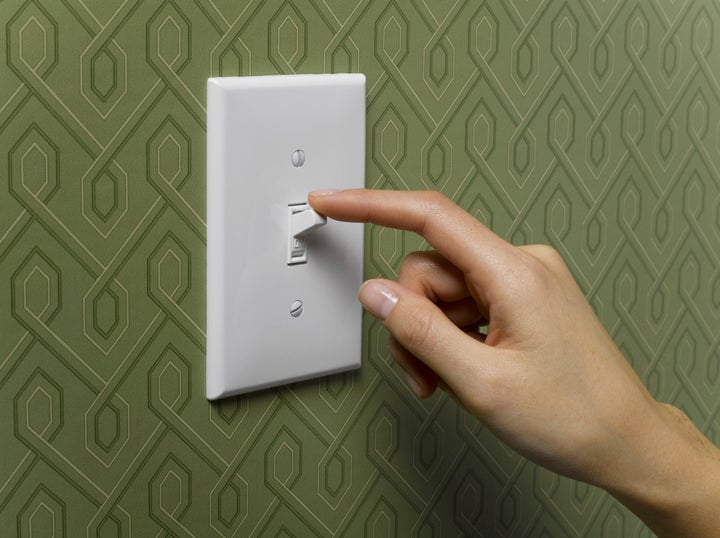
On Monday, the House is expected to vote on the BULB Act (H.R. 2417), a misguided bill that would repeal the energy efficiency standards for light bulbs that were enacted in 2007. The rhetoric surrounding this legislation has bordered on the absurd. The Wall Street Journal, in a blistering op-ed that railed against the "light bulb police," falsely claimed that "Washington will effectively ban the sale of conventional incandescent light bulbs." The time has come to shine some light on the facts in this debate.
The new efficiency standards were enacted by the Energy Independence and Security Act (EISA) of 2007. This bipartisan bill, signed into law by President Bush, simply requires that new light bulbs use 25 to 30 percent less energy than traditional incandescent light bulbs. No light bulbs are banned. No consumers will be forced to use one type of light bulb over another type.
Many Americans, myself included, appreciate the soft yellow glow of the incandescent light bulbs invented by New Jersey's own Thomas Edison in the 19th century. Anyone who chooses to continue using these incandescent bulbs can certainly do so. Manufacturers have already invented energy-efficient incandescent bulbs that meet the new standards. Their light is identical to that cast by older bulbs, yet they are nearly 30 percent more efficient and save the average family $100 in energy costs each year. On a national level, that adds up to $12 billion in annual savings. Even higher-efficiency incandescent bulbs are in development, as are LED bulbs that mimic the light cast by incandescent bulbs. In fact, my wife and I have already installed LED lights in part of our home.
So let's set aside the misleading rhetoric and consider the facts. The United States has a long tradition of supporting innovation by setting energy efficiency standards. For example, America requires auto manufacturers to meet fuel economy standards, now set at 30 miles per gallon. As a result, the fuel efficiency of new cars has nearly doubled since standards were first enacted. Similarly, Congress has required manufacturers to create new, more energy-efficient refrigerators. Yet we haven't heard any calls to revert to turn-of-the-century Model Ts or ice boxes -- technologies that are roughly as old as the conventional light bulb.
The new light bulb energy standards build upon these past policy successes. They will save our nation energy and save our consumers money. Moreover, they have already spurred technological innovation and created jobs. Since Congress acted four years ago, manufacturers have invented a range of new, energy-efficient efficient light bulbs. Lighting companies have also invested significant capital and resources into research, development, and new technologies -- exactly the kind of investments that our economy desperately needs. Repealing the light bulb standards would thwart this progress and cost America jobs and money.
It is time to separate fact from fiction. Congress must vote against the effort to repeal light bulb efficiency standards.